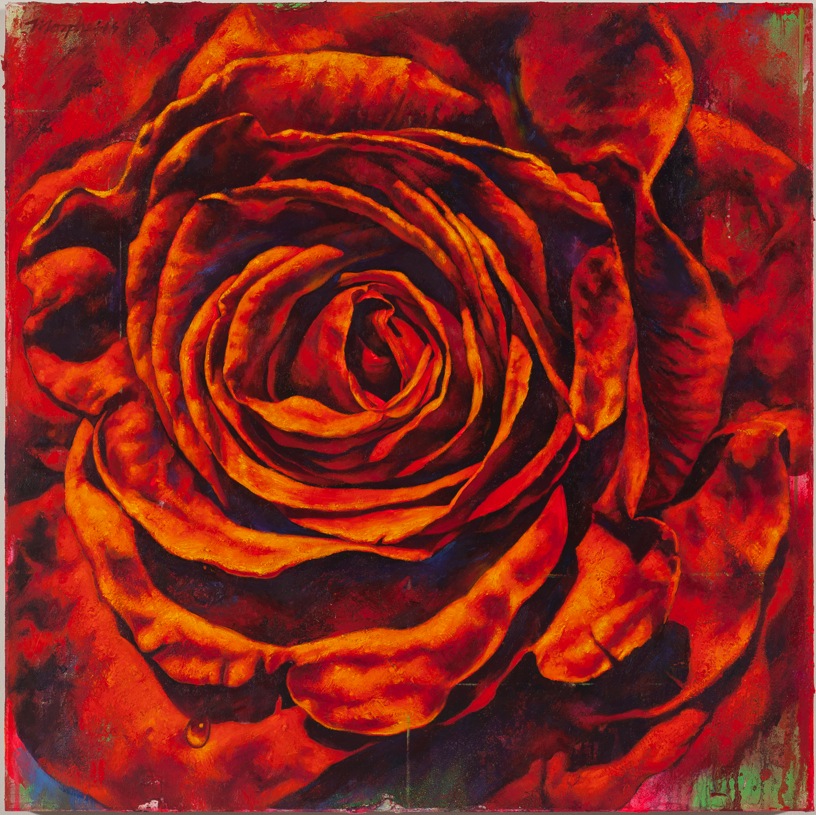
Jim Morphesis: Time And Desire | Central to this exhibition is a single recurring subject -- the rose -- through which the artist envisions the title, Time And Desire, as a conceptual wellspring. Morphesis explains: "When we consider the clock, we deal with both the past and future. We long for what was, and we yearn for -- or fear -- what might be. For me, time is always about desire, and the rose is the most sensual memento mori image."
In Time and Desire, Morphesis' rose images are tightly imprisoned within their square wood panels. Paint is generously applied in each of these works, but where Morphesis' work decades earlier would have had a gestural physicality, the paint here has the nuanced appeal of a master. The colors are deeply saturated, having approximated with near perfection the intense hue of a rose and, in so doing, performed a sort of abstraction of the figure itself. These roses are fleshy and voluptuous, as though they were sexual organs, stigmata, or both.
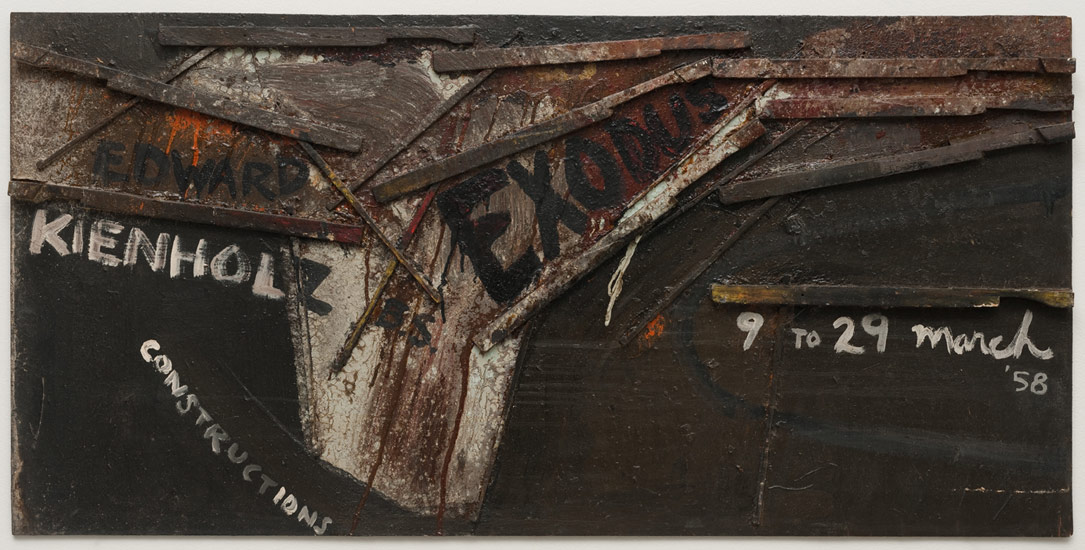
Exodus, 1958, oil and wood on plywood with text, 23 1/2 x 48 x 1 in (59.7 x 121.9 x 2.54 cm), Private collection
Kienholz Before LACMA | An exhibition of rarely seen works by Edward Kienholz (1927-1994), which he created in the decade prior to his controversial 1966 exhibition at the Los Angeles Country Museum of Art.
Since his teenage years, Kienholz had painted in oil and watercolor. However, in 1954, at age 27, Kienholz began making reliefs, incorporating wood fragments onto panels, and aggressively applying paint with a broom. His palette was dull, murky even, with only occasional bright encroachments. These works were essentially abstractions, although at times employed figurative suggestion, such as in Leda and the Canadian Honker, 1957, and the incorporation of text, as in Exodus, 1958.
Peter Goulds, Founding Director, L.A. Louver describes the progression in Keinholz's work; "In these works from 1957-1964, we can see how Ed evolves from making work in two dimensions, to three; from abstraction to figuration; from the use of language stanzas as in poetry, to narrative storytelling as in journalistic prose... This exhibition sets out to explore the formal development of Ed Kienholz's work in the studio through this carefully selected group of paintings, constructions and sculpture. The 'primordial sources' of Kienholz's making are all here: the painting gesture and the employment of resin, found objects, taxidermy, light, and figuration..."
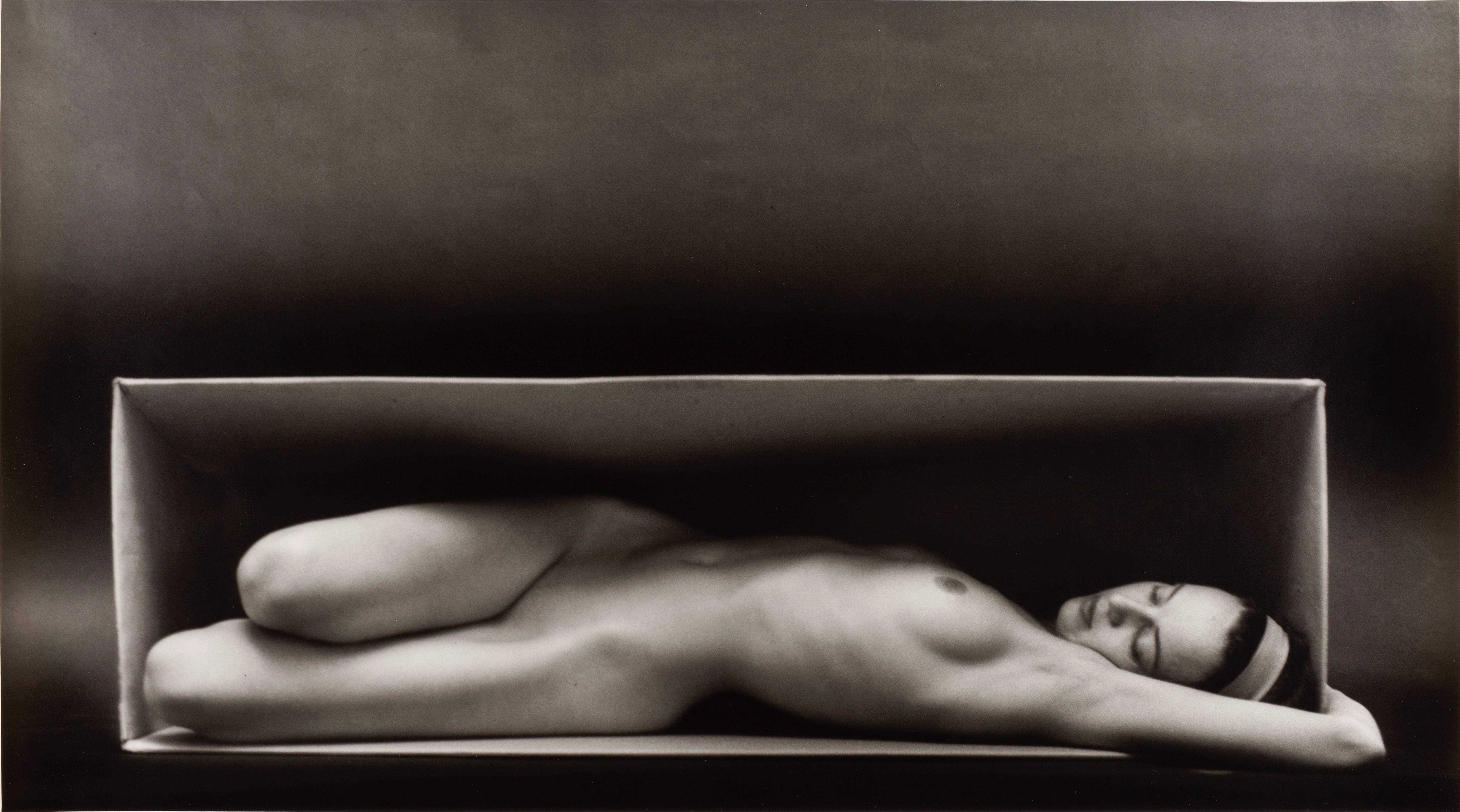
In Wonderland: The Surrealist Adventures of Women Artists in Mexico and the United States | In Wonderland is the first large-scale international survey of women surrealist artists in North America.
Past surveys of surrealism have either largely excluded female artists or minimized their contributions. This landmark exhibition highlights the significant role of women surrealists who were active in these two countries, and the effects of geography and gender on the movement. Spanning more than four decades, In Wonderland features approximately 175 works by forty-seven extraordinary artists, including Frida Kahlo, Lee Miller, Leonora Carrington, Remedios Varo, Dorothea Tanning, Louise Bourgeois, and more.
"In many respects these surrealists were similar to Lewis Carroll's central character -- Alice -- in his famous nonsensical novels. Their creativity was often stifled or marginalized by what seemed to be a somewhat arbitrary and bizarre world where logic did not always reign," notes Ilene Fort, exhibition curator and LACMA curator of American art. "This expansive survey illustrates that North America offered these women a degree of independence they could not experience in Europe. Hence it became for them a land of reinvention, their wonderland."
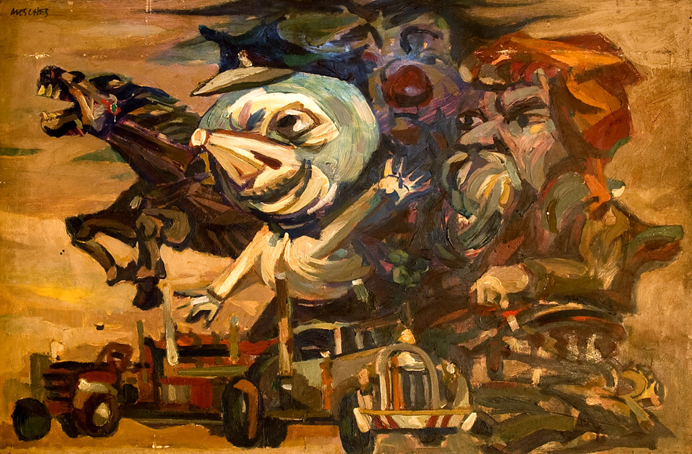
L.A. RAW: Abject Expressionism in Los Angeles 1945-1980, From Rico Lebrun to Paul McCarthy | This exhibition traces the distinctive aesthetic of figurative expressionism from the end of World War II, bringing together over 120 works by forty-one artists in a variety of media.
The figurative artists, who dominated the postwar Los Angeles art scene until the late 1950s, have largely been written out of today's art history. L.A. RAW surveys the continuing presence of dark expressionistic work in Southern California, providing a fresh local heritage for the figurative art of today. The exhibition fills a gap in the knowledge about post World War II art, tracking figurative art through postwar existentialism, the Beat movement, 1960s politics, and 1970s feminism and performance--the forces that led to the explosion of body-oriented art in the 1980s.
The exhibition includes commanding figurative works by Rico Lebrun, Howard Warshaw, Jack Zajac, and William Brice that provide a fascinating heritage for the darker side of the Ferus Gallery scene, exemplified with work by Edward Kienholz, Wallace Berman, Llyn Foulkes, and John Altoon. Artists such as Hans Burkhardt, David Hammons, Judith Baca, and Charles White use their work to vent political outrage, while Eugene Berman, June Wayne, John Paul Jones, and Joyce Treiman convey more melancholic, contemplative assessments of mankind.
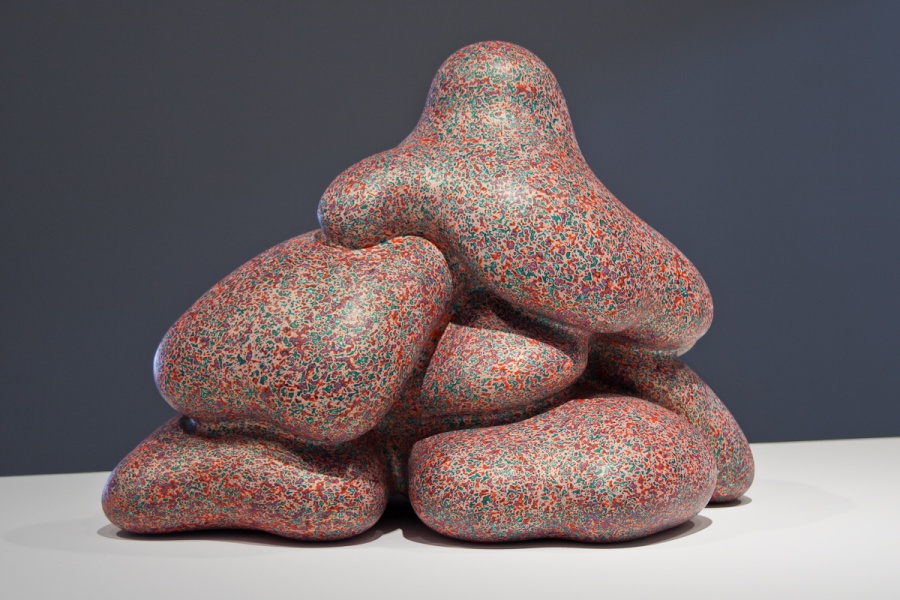
Ken Price and Larry Bell | An exploration of the divergent paths taken by these two artists who both started their careers in the early 1960s at the influential Ferus Gallery in Los Angeles.
Ken Price's sculpture has defied convention since the 1960s. The colorful and willfully deviant ceramic sculptures in this exhibition refer to excavated landscapes, ancient architecture, and amoeba-like forms while at the same time remaining defiantly abstract. Price's intention with these sculptures is to create "an organic fusion of color with surface form." He applies layer upon layer of paint to the sculpture and then sands the surface to expose the various layers of color beneath.
The hard-edged geometry of Larry Bell's works contrast sharply with Price's organic forms. Bell's glass cubes address the dematerialization of the object. Using a dichroic vacuum coating to line the interiors of the glass cubes, Bell creates objects that are at once reflective and seem to disappear. This emphasis on perceptualism aligned Bell with the Light and Space movement in California in the 1970s.
For the most comprehensive calendar of art events throughout Los Angeles go to Artweek.LA.